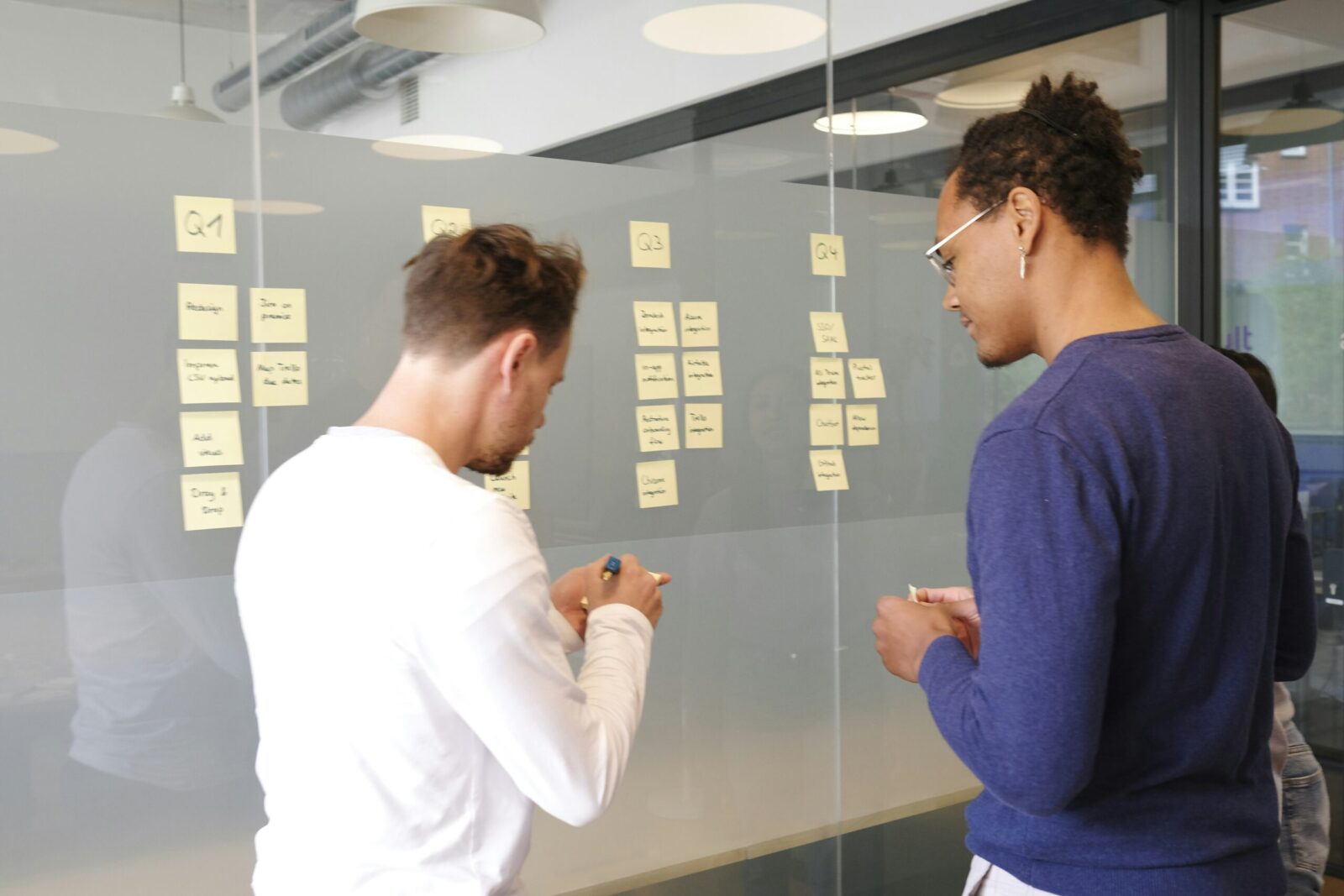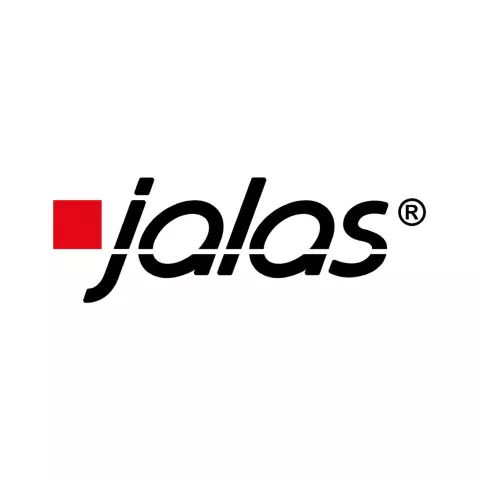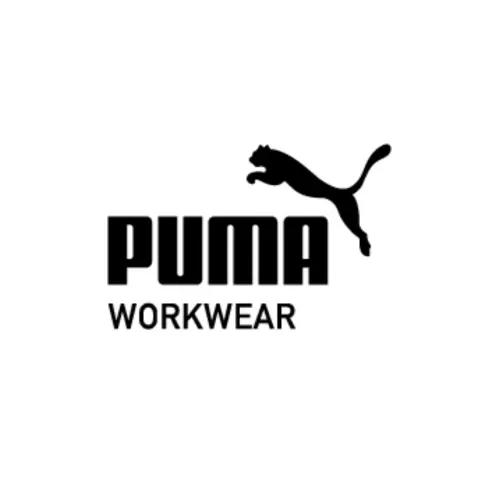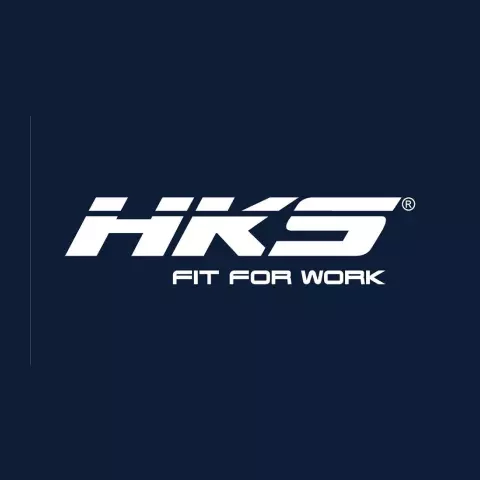
Achieving Success in Indirect Procurement: Step-by-Step Guide
Introduction: Procurement efficiency is crucial to the success or failure of a firm in today’s fast-paced commercial world. Any company...

Get 20€ off on your first order!































As businesses get bigger, they need to separate procurement jobs into different groups. It is usually better to have people who are experts in a certain type of procurement, such as operational procurement, than to have a whole team of procurement pros who all do the same kind of buying.
They focus on finding and buying the goods and services that are needed to keep a business running which is what practical procurement is all about.
Find out what the main benefits of operational sourcing are and how to use it in ten easy steps to make your business more profitable.
Operations procurement is a type of procurement that focuses on finding and buying the goods and services that your organisation needs to run its day-to-day business.
If your business is a different type, the things or services you buy through operational procurement will be very different.
Think about a company that lets people rent work cars. The operating procurement team buys things like oil, wiper blades, light bulbs, and other things that are needed for service.
These things could also be bought by the buying manager of a business that sells fire safety solutions for businesses. However, they are not operational procurement because they are only used to service their company car and are not important for running the business.
Most of the time, software is not practical procurement, but there are times when it is. One example is that a marketing agency would buy social media and email automation platforms, but the lease business would not.
Increasing profit margins is one of the best reasons to put money into operational buying.
When you do operational procurement, your business uses the goods and services you buy a lot, so even a small drop in the price per unit can have a big effect on your profits.
There is some kind of danger in every relationship with a vendor, like a financial or reputational risk. One of the financial risks could be that a supplier’s business goes out of business. As part of the reputational risk, there is a chance that a vendor will be involved in a bad PR incident.
Your most important vendors—the ones you depend on to run your business every day—are even more at risk.
If your digital ads supplier goes out of business, for example, and you’re a marketing firm, you won’t be able to meet your client contracts for a while.
By carefully screening key vendors and staying in touch through vendor performance review meetings, you can lower your risk when you only focus on operational procurement practices.
Diversifying your suppliers is important for lowering supply chain risks and increasing your speed to market.
When you give practical procurement its own resources, its team can focus on expanding the types of suppliers you work with where it matters most: the ones you depend on the most.
By negotiating strategic procurement contracts, expanding supplier relationships, and reducing supply chain interruptions, focusing on operational procurement can help bring about greater efficiency.
For example, a company that makes smartphones might work out a deal with a major provider of CPU chips for express goods. This will help them get this important part faster, which will keep the supply chain running smoothly and speed up production.
In operational buying, the first step is to understand and clearly state what a department really needs.
For example, let’s say you need to find a new fleet control system for the people who deliver your products.
If you’re great at buying things (checking out suppliers, arranging contracts, etc.), you probably won’t have as much experience as the fleet operations manager.
So, one of the most important things to do in this step is to get together with all the people who have a stake in the project and talk about what they need beyond just “find a new fleet management platform.”
Question things like:
Also, talk to your finance or top leadership team about setting a maximum budget for this purchase. These first steps are very important for making sure that your procurement plan is full and works.
The next step is to start researching the market to find possible sellers.
The plan for this stage was laid out in the last step. For instance, if a vendor doesn’t have all the features that your stakeholders have said are necessary, that vendor doesn’t move on to the next step.
Right now, you don’t need to dig too deep. Just make a short list of sources that might work.
Once you have a list of possible options, set up a meeting with each seller to talk about what your business needs.
Having a stakeholder from your area talk about this might be helpful, since they know how to lead the conversation from a technical point of view.
After these first talks, hold an internal meeting to get rid of any sellers who aren’t a good fit.
Make an RFQ (request for quotation) and send it to the other choices.
RFQs let you find out how much different sellers charge and narrow down your choices by getting rid of those whose prices are too high for your budget.
At this point, you should have a short list of three to five sellers whose features and prices meet your needs.
Now it’s time to check each possible provider against your own rules.
This shortlist is an important part of the SaaS buying process because it helps you make sure that any seller you choose doesn’t pose any major data security risks.
Check each possible source for:
If any possible service providers don’t meet your legal standards, take them out of the running.
At this point, use the following scales to rate each of your final supplier choices:
Based on your choices and goals, this step will be based on you. For example, lowering the risk might be more important than getting the best deal.
Choose the seller that looks the best in this situation and go ahead with them.
One important part of effective procurement is negotiating contracts with vendors.
Not only is it important to keep costs low—the better you can negotiate prices, the higher your return on investment and profits—it’s also important to agree on things like delivery times and how to help customers.
Once everyone agrees on the final details of the purchase, make the deal official by signing an agreement. This will start the process of managing the contract.
To stay in line with purchasing rules, make sure you follow your internal approval workflow.
Getting things and services for operational purposes doesn’t happen in a vacuum. The new thing you bought must fit in well with how you already do things. Otherwise, it will mess up how well things work.
Because of this, it’s very important to make a plan for adoption and integration right now.
Say you’ve just found a new tool for email marketing software. You need to:
The final step involves establishing a plan for ongoing oversight and management of your new supplier.
Define the key performance indicators (KPIs) that will measure progress, and develop a method for tracking performance against these KPIs. A dashboard in your vendor management system can be an effective tool for this purpose.
Schedule regular meetings with your supplier, typically every three months, to review their performance, address any issues, and discuss improvement strategies.
There are two main ways that teams can go about all types of buying, including operational procurement:
Each has good and bad points.
By cutting down on the amount of employees who can buy things, the centralised approach helps companies take advantage of economies of scale and lowers procurement risk. On the other hand, this method is usually more difficult to use, and department or branch managers don’t always succeed in getting the goods and services they need.
The opposite is true for the decentralised model: it has more risk but is more flexible and efficient in how it runs.
To find a good balance, it would be best to let department heads buy the things that their teams need (like software tools) while centralising the buying of things that all teams use the same amount (like office products like paper).
In order to speed up the procurement process, you can use the automation features that come with your purchasing tool.
For example, you could set up an automated approval process so that when department heads ask to buy new software, the request goes straight to the person who can make the decision.
Strategic buying can be hard, especially if you’re looking for something like a CRM that you have never bought before.
It’s always a good idea to call in the pros in these situations.
For example, if you use Vendr to handle your SaaS purchases, you can benefit from the knowledge and experience of our software-buying experts, who can suggest platforms that meet the needs of your business.
Operational procurement is all about getting the things and services that a business needs to run normally.
For instance, you’ll have a problem if one of your providers suddenly isn’t available. This could be because of a problem with supply chain management or the company going out of business.
A good way to reduce this risk and keep procurement going smoothly is to work on increasing the variety of suppliers you work with. This means you have at least one backup source for all of your important business purchases.
Lastly, an operational procurement department that works well reviews all of its ties with vendors on a regular basis.
When you check the following things once a year, that should work for most businesses and vendors:
Thank you! You've signed up for our newsletter.



















Introduction: Procurement efficiency is crucial to the success or failure of a firm in today’s fast-paced commercial world. Any company...

Introduction In a fast changing global economy, firms face supply chain disruptions, fluctuating markets, and unexpected demand. Managing these difficulties...

Introduction Data powers growth, efficiency, and competitive advantage in today’s fast-paced corporate environment. Procurement is crucial to every organisation. Fast-advancing...

Introduction: Procurement efficiency is crucial to the success or failure of a firm in today’s fast-paced commercial world. Any company...

Introduction In a fast changing global economy, firms face supply chain disruptions, fluctuating markets, and unexpected demand. Managing these difficulties...

Introduction Data powers growth, efficiency, and competitive advantage in today’s fast-paced corporate environment. Procurement is crucial to every organisation. Fast-advancing...
Get 20€ off on your first order!
Save 30% by buying directly from brands, and get an extra 10€ off orders over €100
Save 30% by buying directly form brands, and get an extra 10€ off orders over €100